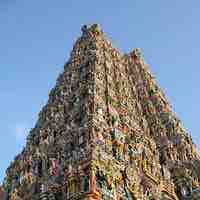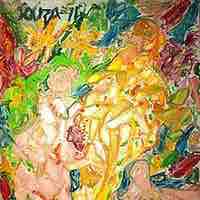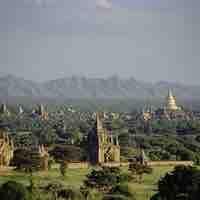Chapter 22
South and Southeast Asia After 1200 CE
By Boundless
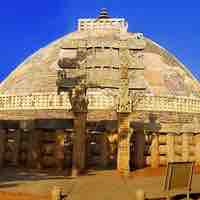
Buddhist Pre-Iconic art originated in India in the 6th century BCE and avoided anthropomorphic representations of the Buddha.
Buddhist art during the Iconic phase largely evolved as it came into contact with other cultures in Asia.
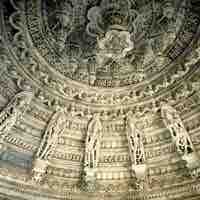
Jainism has played an important influence on the development of architectural styles in India.
Jain sculpture is characterized most often by nude representations of saviors or deities in meditative postures.
Jain illustrated manuscripts, originally painted on palm leaf, were characterized by sharp outlines and depictions of Jain saviors.
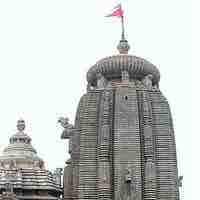
Hindu architecture, representing a plurality of beliefs, is commonly divided into the northern Nagara and southern Dravidian styles.
Hindu sculpture represents the themes of its religion through its depiction of deities and recurring symbols, such as the lotus flower.
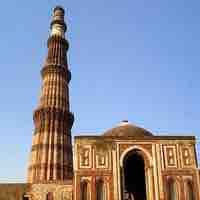
Indo-Islamic architecture emerged in India under the Delhi Sultanate during the 13th to 16th centuries.
The paintings of the Delhi Sultanate represent a period of inventiveness and the development of an influential Indo-Persian style of art.

The Vijayanagar Empire ruled in South India from 1336 until 1646 and left a lasting legacy of architecture, sculpture, and painting.
Vijayanagar sculpture can most commonly be seen in the reliefs, pillars, and monolithic statues of temples.
Painting in the Vijayanagar Empire, which evolved into the Mysore style of painting, is best illustrated in the elaborate wall paintings of temples.
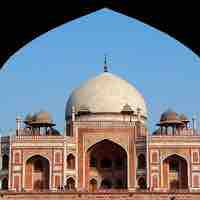
Mughal architecture is an Indo-Islamic architectural style that developed in India under the patronage of the Mughal Empire.
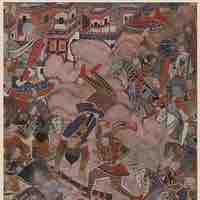
Mughal miniature painting was a blend of Persian and Indian styles that developed in Mughal courts between the 16th and 19th centuries.
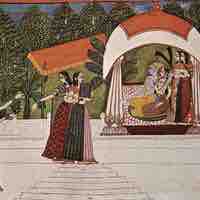
Rajput miniature painting developed in the courts of the Hindu Rajputs between the 16th and 19th centuries.

The establishment of the British Empire greatly influenced the architecture and culture of India and led to a fusion of styles and techniques.
Under British Imperialism, painting in India took on many western characteristics throughout the 18th and 19th centuries.
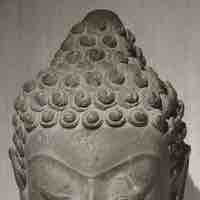
The history of Thai Buddhist sculpture can be divided into three broad phases: the Dwaravati period, the Sukhothai period, and the Ayutthaya period.
Thai painting traditionally took the form of book illustrations and ornamentation of temples and palaces.
The most common form of Buddhist architecture seen in Thailand is the wat, or monastery temple, which is characterized by multiple-tiered roofs.
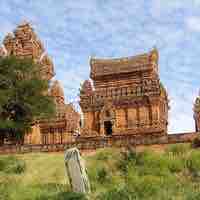
Champa art and architecture in Vietnam was been formed by the interaction of local customs with Indian, Chinese, and Indonesian influences.
Northern Vietnamese art and architecture was highly influenced by over a century of Chinese domination.
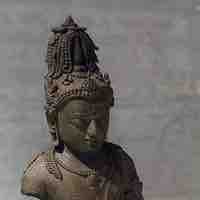
Indonesian architecture has been shaped by interaction between indigenous customs and foreign influences, including Hinduism, Buddhism, and Islam.
Indonesian painting has been shaped by a myriad of cultural influences, including Islam, Hinduism, Buddhism, and colonial forces.
